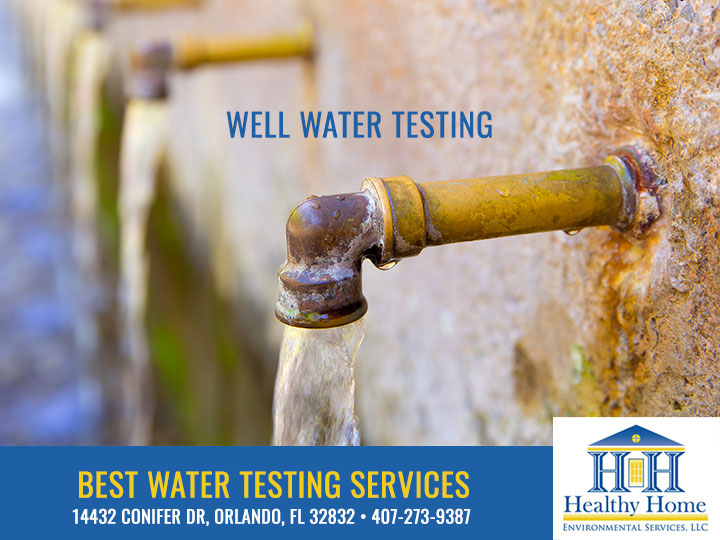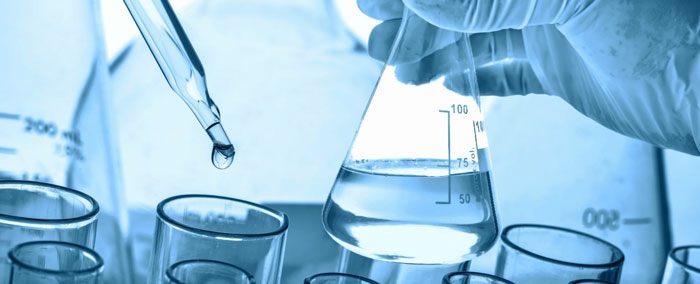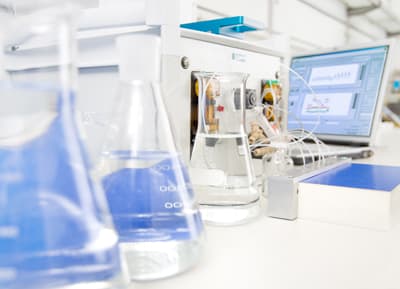Expert Well Water Testing Services: Get Accurate Outcomes Fast
Expert Well Water Testing Services: Get Accurate Outcomes Fast
Blog Article
Learn How Water Screening Can Identify Impurities and Shield Your Family members's Health
Understanding the significance of water testing is essential for safeguarding your family's wellness, as our water supply can nurture undetected dangers. By discovering the auto mechanics of water testing, one can reveal the unseen dangers hiding in seemingly immaculate water sources.
Importance of Water Examining
Acknowledging the vital role water plays in maintaining life, the significance of water screening can not be overstated. Water is a basic source, important for alcohol consumption, cooking, hygiene, and various commercial processes. Its top quality straight influences public health and wellness and health. Therefore, making certain that water is devoid of damaging substances is essential for maintaining healthy and balanced neighborhoods and ecological communities.
Water testing functions as a positive procedure to recognize potential hazards that may compromise water quality. With methodical analysis, it helps discover physical, chemical, and organic specifications that might present threats to human wellness. Routine screening enables for the early detection of issues, helping with timely interventions to stop extensive contamination and associated health issue.
Furthermore, water testing supports regulatory compliance, ensuring that water carriers satisfy recognized security requirements and guidelines established by governmental authorities. It cultivates transparency and accountability, constructing public trust in the supply of water system. In addition, screening offers useful data that informs water management approaches, making it possible for sustainable use and preservation of this valuable resource.
Fundamentally, water screening is a crucial device that safeguards public health, ensures governing adherence, and promotes the lasting management of water sources. Its significance in shielding both individuals and areas can not be undervalued.
Common Water Pollutants
Among the various elements that can jeopardize water top quality, usual water contaminants include a variety of physical, chemical, and organic compounds that posture considerable risks to human health and the setting. Physical pollutants typically entail debris or organic products put on hold in water, which can affect quality and preference. Chemical pollutants incorporate a wide array important, consisting of chemicals, herbicides, metals like lead and mercury, and commercial chemicals. These chemicals can penetrate water supplies with farming runoff, industrial discharges, or seeping from pipes and storage space containers.
Biological pollutants, mostly germs, viruses, and protozoa, develop from human and animal waste going into water systems. Microorganisms such as E. coli, Giardia, and Cryptosporidium are notorious for causing gastrointestinal diseases and can be particularly dangerous to young children, the senior, and those with endangered body immune systems. Nitrites and nitrates, commonly originating from plant foods, present one more health risk, specifically to babies, potentially resulting in conditions like methemoglobinemia or "blue child disorder."
Furthermore, emerging impurities, consisting of pharmaceuticals and personal treatment products, have actually elevated issues due to their perseverance and unidentified lasting impacts. Understanding these contaminants is crucial for implementing reliable water treatment strategies and ensuring secure drinking water.
Just How Water Testing Functions
Recognizing the range of contaminants in water highlights the importance of effective screening methods to secure public wellness. Water testing is an organized procedure developed to determine and quantify different contaminations that could position dangers to human wellness.
As soon as samples are collected, they undergo lab evaluation utilizing numerous strategies. Chemical screening usually involves spectrometry or chromatography, both of which can identify and gauge specific chemical compounds. For microbiological testing, methods such as membrane filtration or enzyme substrate tests are used to spot pathogenic bacteria. Furthermore, physical features like color, turbidity, and ph are examined to supply understanding right into the general high quality of the water.
The accurate methods employed in water screening depend on the particular contaminants of problem and the water's planned use. By regularly applying these strenuous testing protocols, researchers and public health and wellness officials can ensure the safety and security and high quality of water, thus shielding areas from potential wellness dangers.
Choosing the Right Examination
How does one determine one of the most suitable water examination for their requirements? Selecting the appropriate test involves comprehending both the specific features of the water resource and the potential pollutants that might be present. The initial step is assessing the water resource-- be it municipal, well, or surface area water-- as each has distinctive dangers. Municipal water may call for testing for disinfectant byproducts, while well water may require screening for nitrates, germs, and hefty metals.
Next, think about recent occasions and ecological factors. Neighboring agricultural tasks may require screening for herbicides and chemicals, whereas commercial areas can call for look for chemical contaminants. Furthermore, any type of changes in water smell, preference, or look must trigger particular testing for common impurities like lead, chlorine, or organic microorganisms.
Expert water testing solutions supply detailed sets that target a vast array of potential pollutants. These packages frequently straighten with criteria established by the Epa (EPA) or local wellness departments. For a more customized technique, seeking advice from a water top quality specialist can offer insights right into which particular examinations are needed based on local issues and individual health and wellness requirements, ensuring the defense of your home's well-being.

Preserving Water Safety

Along with testing, correct upkeep of water supply plays a vital role. This includes servicing and examining plumbing systems, tank, and septic systems to avoid leaks or backflow that could present impurities - Water Tesing Services Tampa. Using water purification systems made to resolve specific regional issues can further safeguard versus contaminations, supplying an extra layer of protection
Public recognition and education and learning are similarly essential in maintaining water safety. Areas must be notified about possible dangers connected with neighborhood water resources and the needed actions to alleviate them. Motivating public participation in water safety and security efforts cultivates a collective responsibility that boosts general performance.
Eventually, an extensive strategy that integrates regular screening, system maintenance, and neighborhood involvement is crucial in securing water quality. By doing so, family members can be guaranteed of clean and risk-free water, protecting their wellness and wellness.

Final Thought
Normal water screening is crucial for identifying contaminants such as bacteria, hefty steels, and chemicals that posture health risks. By analyzing water samples, unseen hazards can be discovered, guaranteeing the arrangement of risk-free drinking water.
Comprehending the relevance of water screening is vital for safeguarding your family's health, as our water supply can nurture undetected risks.Water testing offers as a view publisher site proactive measure to determine potential dangers that may compromise water top quality.In addition, water screening supports regulatory conformity, making sure that water carriers meet recognized safety criteria and guidelines set by governmental authorities. Municipal water could need screening for disinfectant by-products, while well water may require screening for nitrates, bacteria, and hefty metals.
Normal water testing is a critical element in maintaining the top quality of water sources, making it possible for prompt interventions prior to contaminants get to dangerous degrees.
Report this page